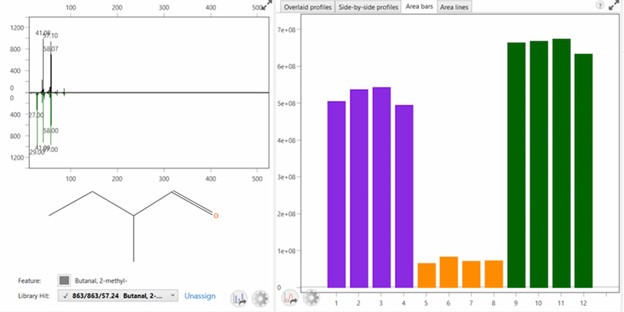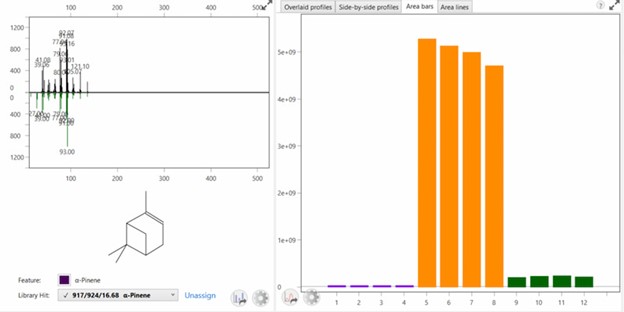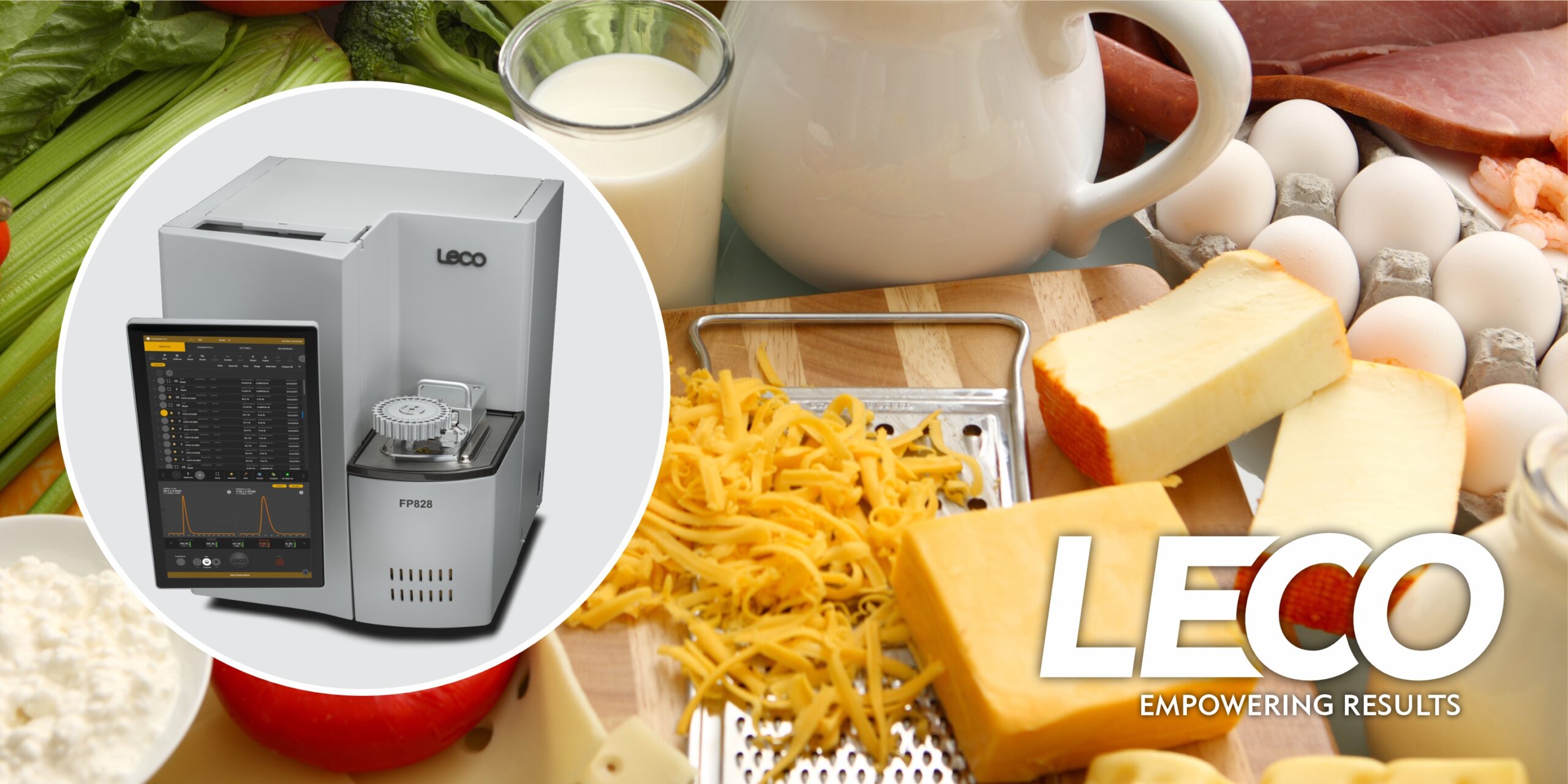
Here in the United States, we are celebrating a very exciting holiday for children and adults alike, known as Halloween. Although Halloween first truly began in Ireland, it has been widely accepted in western culture and adapted into what we now recognize as a day of dressing in costume and going “trick-or-treating.” On the evening of Halloween, eager children dressed in costumes go from house-to-house in their respective neighborhoods, asking those who open their doors for a trick, or a treat. While we’ve never really seen anyone actually give a “trick” instead of a treat, it remains the question of the evening. The treats given are nearly always some kind of candy.
Whenever Halloween nears, grocery stores fill up with large bags of assorted candies in preparation for the special night. But how do producers of these confections ensure that all of that candy is safe to eat? How do they ensure that every piece is made with the same ingredients? That each sweet bite is just as delicious as the last? LECO’s state-of-the-art laboratory equipment, like the Pegasus BT Series and ChromaTOF Sync data alignment software, is there to help labs unwrap the aroma profile and chemical composition of their candy.

Exploring potential chemical differences between the same type of candy can help answer questions like “do these pieces taste different from each other?” and “why do these pieces taste different from each other?”.
There are many reasons that the same type of candy could end up with chemical differences. When candy is mass produced, it is made in batches, so not all batches may be made exactly the same. For big companies, they often have multiple production facilities, which can lead to differing storage conditions, including how long the candy has been stored, where it is stored, and so on. Additionally, all kinds of different product formats are sold—think regular sized bars vs. mini-sized ones, special versions for collection packs, holiday-themed formats with specially-shaped and packaged designs, etc. Analysis of these similar products helps consumer goods companies monitor quality control and batch variation, process development, understand shelf-life and aging, and more.
In our lab at LECO HQ, we took a look at 3 different product format variations of the same brand of candy. Using the Pegasus BT Series instruments and ChromaTOF Sync data alignment software, we were able to apply a reliable workflow which allowed trends and differences of the products’ aroma profiles to be quickly extracted from the data set and evaluated.
In this proof-of-concept study, some notable differences were observed between the samples. Uncovering these similarities and differences in the aroma profile allowed for a new question to be asked: “Could these differences impact consumer perceptions?” I guess we’ll have to eat some candy and find out for ourselves! Happy Halloween!
PCA plot results

Some analytes, like 2-Methyl-butanal, clearly varied between the samples; the aroma of this compound is “chocolate/caramel/cereal/biscuit/fatty”.

Further, interesting aroma variations can also be seen for Methyl-pyrazine, which provides “coffee/cocoa/nutty/roasting” character to products.

An additional point of interest was significant variation in alpha-pinene, which stands out in one of the variants. Alpha pinene is a key component of many essential oils and natural ingredients, from citrus oils to spices. So, it could be deliberately part of a candy formulation, or it could be cross-contamination from a previous production batch.

Using the Pegasus BT Series and harnessing the power of high quality TOF mass spectral data allows automatic deconvolution and identification of key trends and patterns in your data sets. This puts you a step ahead in answering your questions on quality, product development, and competitor product formulations. Explore the capabilities of our Pegasus BTX, and see how ChromaTOF software can make your lab more efficient today.
Learn More about the BTX






